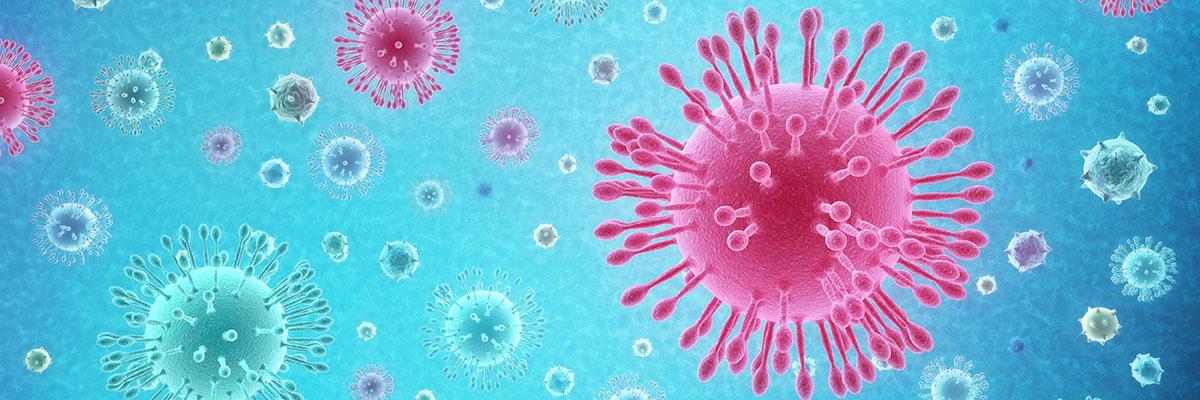

A Continuum of Watchfulness for COVID-19 Patients

As of mid-July, the U.S. was rapidly approaching 4 million confirmed cases of the novel coronavirus. To ensure that people who test positive receive appropriate care and monitoring of symptoms — and to provide post-discharge care for those hospitalized with COVID-19 — Vanderbilt University Medical Center (VUMC) in Nashville, Tennessee, developed its COVID-to-Home program.
The COVID-to-Home program helped save the life of 73-year-old Bill Boyce, who cited the VUMC team’s “continuum of watchfulness” before and after his hospitalization, which lasted 28 days and included being intubated.
The program focuses on three levels of care: 1) care coordination, 2) telemedicine and 3) hospital-to-home support. It is initiated after an individual tests positive for the coronavirus and the test result is entered into the electronic patient registry. If the patient has a primary care provider, like Mr. Boyce does, a team of population health care coordinators and hospital clinicians contacts that provider to take over monitoring the patient’s care. Otherwise, the team follows up with the patient by phone for 14 days after the diagnosis. Since mid-March, the VUMC COVID-19 care coordination team has monitored more than 1,500 patients by phone for 14 days following a positive COVID-19 test.
If a patient isn’t doing well at home, the VUMC team can connect with Vanderbilt Health OnCall nurses who will visit patients in their homes, asses their conditions and provide appropriate care. In addition, Home Health can provide remote monitoring, daily in-home nursing monitoring or telemedicine monitoring.
For Mr. Boyce, a phone call and home visit detected a very low oxygen saturation level, so he was taken to the VUMC emergency department and admitted to the COVID-19 unit. He was the first person intubated on the unit, and one nurse called him “our floor mascot and a symbol of recovery.”
Read more about Bill Boyce’s story and the COVID-to-Home program at VUMC.


